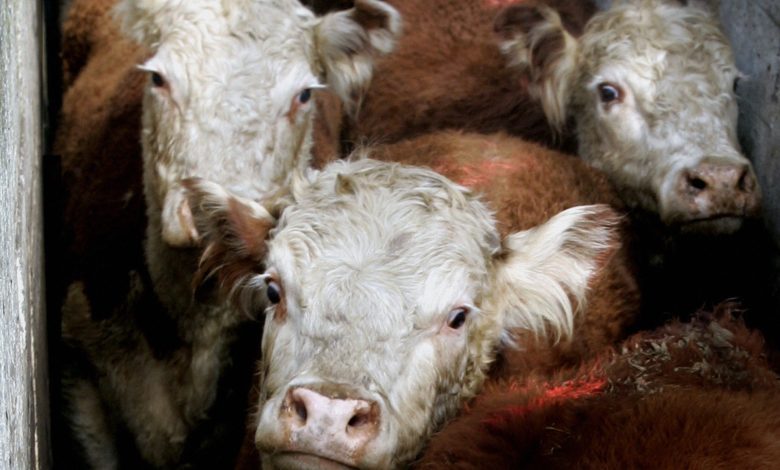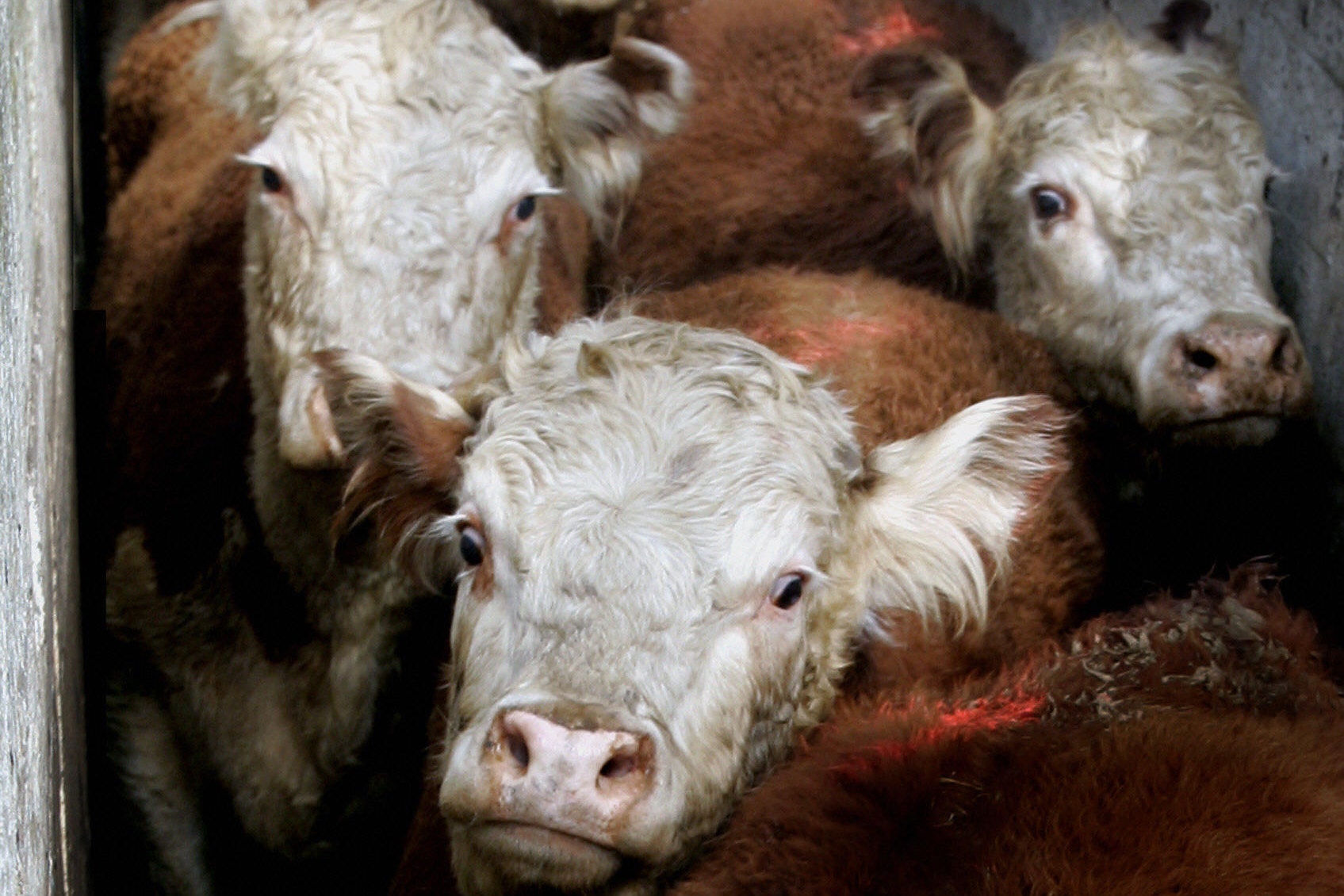How to Raise Beef Cattle on a Few Acres


Raising beef cattle can be a rewarding and profitable venture, even if you have only a few acres of land available. With careful planning and management, you can successfully raise healthy and productive cattle while optimizing the use of your limited space. This article provides a comprehensive guide on how to raise beef cattle on a small-scale operation, covering everything from selecting the right breed to ensuring proper nutrition and healthcare.
Selecting the Right Breed for Small-Scale Cattle Farming
Choosing the appropriate breed is crucial when raising beef cattle on a limited amount of land. Opt for breeds that are well-suited to smaller areas and thrive in various climates and conditions. Some popular beef cattle breeds for small-scale farming include:
- Angus: Known for their ease of calving, adaptability, and marbling quality of meat.
- Hereford: Hardy cattle with good foraging abilities and docile temperament.
- Limousin: Fast-growing cattle known for high feed efficiency and lean meat production.
- Dexter: A small-sized breed that requires less pasture space and consumes less feed.
- Galloway: Cold-tolerant cattle with excellent foraging abilities and low maintenance requirements.
Carefully consider the specific needs and characteristics of each breed before making your selection, ensuring it aligns with your goals and the available resources.
Planning Your Grazing System
Efficient use of grazing land is essential when raising beef cattle on a few acres. Implementing rotational grazing can maximize pasture productivity and prevent overgrazing. Divide your pasture into multiple paddocks and rotate cattle between them regularly. This practice allows the grass to recover, promotes uniform forage growth, and reduces parasite infestations.
Consider using electric fencing to facilitate easy rotation and control the movement of your livestock. Additionally, providing access to clean water sources in each paddock is vital to ensure your cattle remain hydrated.
Shelter and Fencing for Small-Scale Cattle Farming
Providing adequate shelter and fencing is crucial for the well-being and safety of your beef cattle. While small-scale operations may not require extensive infrastructure, you should still consider the following:
1. Shelter
- Construct a simple, sturdy structure such as a three-sided shed to protect your cattle from adverse weather conditions.
- Ensure proper ventilation to prevent respiratory issues.
- Provide sufficient space per animal to promote comfort and reduce stress.
2. Fencing
- Use sturdy, properly installed fences to contain your cattle within the designated areas.
- Electric fencing can be an effective option for rotational grazing.
- Regularly inspect and maintain fences to address any damage or wear.
Nutrition and Feeding Practices
Maintaining a balanced and nutritious diet is essential for the health and productivity of your beef cattle. While pasture should form the foundation of their diet, supplemental feeding may be necessary, especially during winter or when grass growth is limited. Consider the following practices:
- Pasture Management:
- Aim for diverse and healthy pastures by implementing proper soil management techniques.
- Rotate pastures to optimize grass growth and minimize weed infestation.
- Monitor forage quality to ensure optimal nutrition for your cattle.
- Supplemental Feeding:
- Consult with a livestock nutritionist to develop a balanced ration considering the specific needs of your cattle.
- Introduce high-quality hay, silage, or grain to supplement pasture intake.
- Provide mineral supplements to meet the nutritional requirements of your cattle.
Healthcare and Disease Prevention
Ensuring the health and welfare of your beef cattle is essential for their overall well-being and productivity. Implement these healthcare practices:
- Vaccinations and Deworming:
- Establish a regular vaccination schedule in consultation with a veterinarian to protect against common diseases.
- Deworm your cattle regularly to prevent parasite infestations.
- Observation and Monitoring:
- Conduct regular health checks to detect any signs of illness or injury early on.
- Monitor body condition scores and weight gain to assess the overall health of your cattle.
- Veterinary Care:
- Establish a relationship with a local large-animal veterinarian for routine check-ups, emergency care, and professional advice.
Conclusion
Raising beef cattle on a few acres is a viable option for individuals looking to venture into small-scale farming. With careful breed selection, efficient grazing systems, proper shelter and fencing, balanced nutrition, and effective healthcare practices, you can successfully raise healthy and productive beef cattle. Remember to consult with local experts, such as veterinarians and livestock nutritionists, to tailor your management practices to the specific needs of your operation. By following these guidelines, you can embark on a rewarding journey in raising beef cattle on limited acreage.



